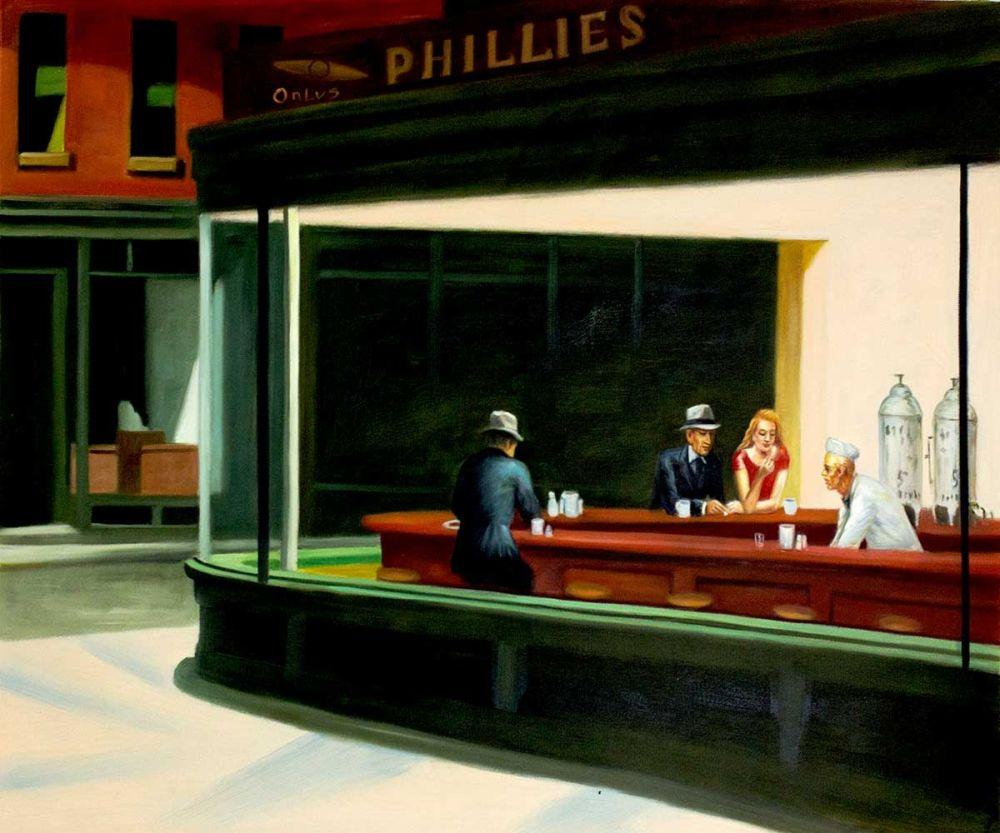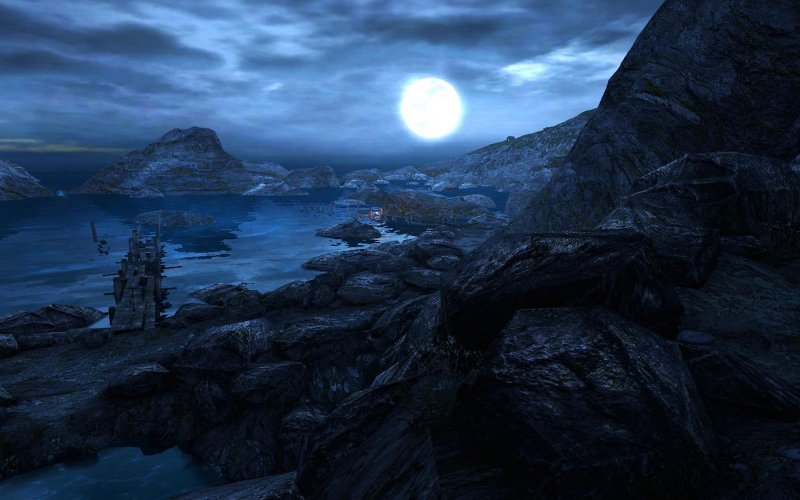Below are some more environmental drawings i have done of Leeds Central Library to explore the space and to improve my drawing skills, so i can specialise in backgrounds and concept art in the future. I used a few different materials this time, i think charcoal has been particularly effective looking to catch the look of the dramatic arches in the library. I also used inks, and while i liked the effect, i found the media to be a bit too messy to capture well any detail in the space, however the darkness of the ink lended itself well to making the space look striking. I struggled in some places with capturing the correct perspective, and capturing all the detail of different features like railings, stained glass windows etc. which is something i would like to improve on in the future, however i am still happy with most of these drawings.
Thursday, December 6, 2018
Wednesday, December 5, 2018
Library details
Part of my project is understanding and studying the details of an environment so i can utilise this knowledge and create my own concept art. As such, i found it important to study the details of the environments i was drawing. I chose Leeds Central Library as it has alot of grand, interesting architecture which i thought would make very effective drawings and may be useful knowledge for future projects. I made some of the designs i observed in Adobe illustrator, as i found drawing them it was difficult to portray them accurately alot of the time.
Detail of some tiles in the library
Stained glass from the library
Wednesday, November 28, 2018
The Witcher 3: Wild Hunt Environments
I will be comparing and contrasting the environments of the Witcher 3 in the case studies chapter of my essay. The game has a vast environment, with many realistic, medieval-themed places. Much of the inspiration for these medieval towns came from real life Polish and Scottish places. There are even different cultures represented through the game, the people of Skellige being northern Irish, and the city of Toussaint being inspired by France/ Italy. Every aspect of these real-world places has been considered to give the game environments as much believability and realism as possible; be it the architecture in the cities or the vegetation in the countryside. You can see how diverse many of the environments in the game are from the screenshots below, which show just a few of the different areas within the game.







Assassins Creed game environments
No game series can compare with the breadth of historical detail within the Assassins creed games. Ubisoft strives to make their settings as historically accurate as possible, even hiring historians to ensure they are authentic and true to life. The series has recreated cities such as Rome, Paris, London, Ancient Egypt and Venice in different time periods, ensuring their worlds are rich in detail and extremely immersive to the player.
 |
| Ancient Egypt- Assassins Creed Origins |
 |
| Paris - Assassins Creed Unity |
 |
| Assassins Creed Syndicate- London |
 |
| Assassins Creed - Rome |
Thursday, November 22, 2018
Library Drawing studies
Below are some initial drawing studies i have done of Leeds Central Library. These were effective in getting a feel for the space, however i found it difficult at points drawing from life, as standing while drawing for periods of time makes it harder to capture detail in the drawing and it may look messier. I did some quick sketches to see which features of the library caught my eye first, thinking that this would be an effective way to see what makes the scene immersive. In many cases, i found myself drawing staircases or arches first, as there are many of these in the library.
Wednesday, November 21, 2018
Speedpainting
For the practical aspect of my project, i thought it would be beneficial to try and learn digital speed painting, as i have found that drawing environments is very time consuming and often doesnt produce quite as immersive a result as a digital painting could. I followed a tutorial, aiming to create my own immersive speed painting scene. I found creating the work below very enjoyable, and that using textures found online added depth and immersion to the scene. I intend to create some more of these types of speed paintings.
Immersive Development in games
In the short space of time video games have been part of the entertainment industry, they have progressed rapidly in terms of the quality of their graphics. This has enabled game makers to create as immersive an experience as possible. The appearance of game environments has improved dramatically, but the early version of some games like Silent Hill were still extremely immersive, even without the impressive graphics we are used to today. The sense of fear in Silent Hill 1 might even be heightened by the poor graphics, giving a sense of the uncanny to the game experience.
 |
| Elder Scrolls Daggerfall - 1996 |
/cdn.vox-cdn.com/uploads/chorus_image/image/51297441/skyrim_special_edition.0.jpg) |
| Elder Scrolls V Skyrim- 2011 |
 |
| Silent Hill 1999 |
 |
| Silent Hill P.T 2014 |
Tuesday, November 13, 2018
Environmental storytelling: Theme parks and video games
Through my research, i have discovered articles linking the idea of 3D game environment design and the theme park industry. Don Carson, who worked as an imagineer for Disney parks and as a designer for many other theme parks, wrote an article detailing the links between the idea of environmental storytelling in these parks and in game environments. In his article, he writes about how "In many respects, it is the physical space that does much of the work of conveying the story the designers are trying to tell. Color, lighting and even the texture of a place can fill an audience with excitement or dread." I find this idea of linking two seemingly unrelated industries together very interesting, and think it will be useful to illustrate the importance of environmental storytelling in game environments in my essay. Below are some examples of how environmental storytelling is used within Disney theme parks in order to make us believe we are visiting somewhere otherwise off limits to us.
 |
| Disney Epcot Mexican Pavilion |
 |
| Tomorrowland Disneyland |
 |
| Frontierland Disneyland |
Environmental drawing - Leeds City library
For the practical aspect of my project, i will be drawing environments from life. I have chosen Leeds City Library as a location to draw, as it has quite grand and captivating architecture that would be nice studies to draw. I want to specialise in environmental concept art, so i think it is important to explore and study every aspect of an environment, so in the future this knowledge could be used and adapted to create concept art for fictional worlds. I want to study how the different details, textures, materials etc all bind together to create an immersive scene, and hopefully capture this immersive look in my drawings. Below are some of the photos i took of interesting aspects of the library which i will draw.






Monday, November 12, 2018
Dead Space
Deadspace is an immersive game for many reasons. Most game's user interfaces are non-diegetic, meaning they are completely removed from the fiction in the game. The makers of Deadspace didnt want to have a typical Heads Up Display to tell the payer information, so they built it into the game instead.The interface in Deadspace is 'diegetic', meaning that everything is part of the gameplay, for example, the way we can see the health we have on the back of the character we play as.
The game is also very immersive due to the use of environmental storytelling. In the screenshot below, we are told how to kill the creatures we are attacked by in the game, but not through an immersion breaking tutorial box. The instructions are given to us in the form of bloody writing on the wall, presumably left by someone before we got here. The environmental storytelling here tells us how to kill the enemies, and immerses us further by having us believe there have been other people here.

The game is also very immersive due to the use of environmental storytelling. In the screenshot below, we are told how to kill the creatures we are attacked by in the game, but not through an immersion breaking tutorial box. The instructions are given to us in the form of bloody writing on the wall, presumably left by someone before we got here. The environmental storytelling here tells us how to kill the enemies, and immerses us further by having us believe there have been other people here.

Tuesday, November 6, 2018
Dear Esther environment design
I watched a video talk by Robert Briscoe, environment designer for ‘Dear Esther,’ called ‘The Art of Dear Esther: Building an Environment to tell A Story.’ Briscoe describes how he studied impressionist paintings in order to take the qualities which made them immersive and apply them to his work. He describes how the light in these paintings have a soft and atmospheric quality, which creates engaging and evocative scenes. He further analyses that these impressionist paintings “Only create enough detail and fidelity within the image to bring across the emotion of the scene.” Dear Esther is a really immersive game with captivating environments, some of which i have shown below.


Sunday, November 4, 2018
Contacting concept Artists
In order to gather primary research, i have been emailing a few different concept artists and game environment artists to ask them a few questions about creating immersive environments. I have emailed them initially to ask if its ok if i forward them a few questions which will help with my research.
-Ben Lo - concept artist in the game industry - Mass Effect andromeda, bioshock inifinite
-Mike Snight- Environment artist, lead level artist at irrational games
-Michał Janiszewski - Senior Environment Artist at CD Projekt RED
-Andrzej Dybowski - Concept artist for The Witcher 3, Metro Exodus
-Marek Madej - Senior Concept Artist at CD Projekt Red, worked on the Witcher 3
-Derek Weselake - freelance concept artist
-Ben Lo - concept artist in the game industry - Mass Effect andromeda, bioshock inifinite
-Mike Snight- Environment artist, lead level artist at irrational games
-Michał Janiszewski - Senior Environment Artist at CD Projekt RED
-Andrzej Dybowski - Concept artist for The Witcher 3, Metro Exodus
-Marek Madej - Senior Concept Artist at CD Projekt Red, worked on the Witcher 3
-Derek Weselake - freelance concept artist
Immersion in 2D art
One of the problems i have encountered is connecting my practical idea of making 2D concept art to my case studies which are all 3D game environments. A part of what makes game environments immersive is the interactive quality, which obviously wont be present in my 2D artwork. In order to make my own immersive 2D concept artwork, i am doing some research on what 2D artwork i find immersive. I think the lighting and composition in the paintings below creates a sense of atmosphere and adds to how immersed we feel when viewing them. These aspects will be helpful to keep in mind when i go about making my own environment art.
| Salvador Dali - Moments of Transition |
 |
| Edward Hopper- Nighthawks |
| John Atkinson Grimshaw - Reflection on the Thames |
 |
| Rene Magritte - La Belle Captive |
 |
| Edward Hopper- Summer Evening |
 |
| Vincent Van Gogh - Cafe Terrace at Night |
Thursday, October 18, 2018
Bioshock- Environment
Immersion through lighting, attention to detail in regards to the 1940s architectural style and decor, soundtracks using songs of the era, feeling of claustrophobia as if you are actually in an underwater city.
Subscribe to:
Comments (Atom)
















